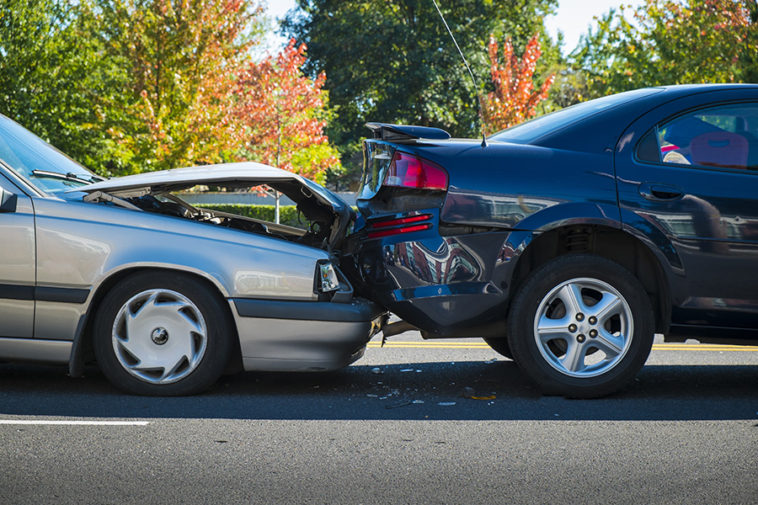Car wrecks can take many shapes, for example head on crash, and fender bender. However rear-end collisions are highly prevalent. Most often this is the driver who hits the vehicle in front from the back who is responsible for any damages that resulted from the accident.
However, there is a but, when the negligence of the front driver has caused the accident. Further, the comparative negligence and contributory laws may deprive the front driver’s claim or award as well as compensation.
Establishing The Liable Party

Safe Following is what every driver on the road should practice, and it depends on speed, road conditions, and other variables. Those who do not adhere to this duty are considered to be negligent and thus most of those at fault are found to be entirely or partially liable for the accident.
However, on rare occasions, the driver of the car that is rear-ended may be at fault if they suddenly put their car in reverse or if their brake lights do not function properly. Also, the front driver becomes the source of an accident if they suddenly push the brake without a reason or under the situation when their car has broken down and they continue using the middle of the road.
Besides, improper merging in front of the lead vehicle, wrong turning into the traffic, and careless driving of a drunken lead driver are other faults, for which a lead driver can be responsible in collisions.
Proving Negligence

To prove that the party is liable for causing the accident, first you need to show that the driver owes a duty of care. You also have to prove that they acted negligently as they did not keep watch of the road and stopped after a reasonable time. The other party’s fault can be presumed if you further prove that the other driver failed to yield the right of way, lost control, tailgated, did not signal, or was speeding.
Holding Liable Parties Accountable
Compensation can be sought where you were involved in a rear end accident. But for your claim to be valid, you must provide evidence that the other driver was wrong. Extra information such as people who saw the accident, tapes from traffic cameras, accident reports, damage to vehicles records and medical reports will make your case stronger.
Mainly, rear-end accidents are caused by the driver that hits the front car and thus, the latter has to receive compensation as such which consist of car repair and medical expenses. Nonetheless, the rear drivers could be compensated if the circumstances of the accident were taken into account.
Conclusion
When involved in a crash, one of the first things that should be done is to find an attorney who will evaluate your case and tell you what to do, help you file your claim and get you the reimbursement of crash expenses and damages you have suffered.



